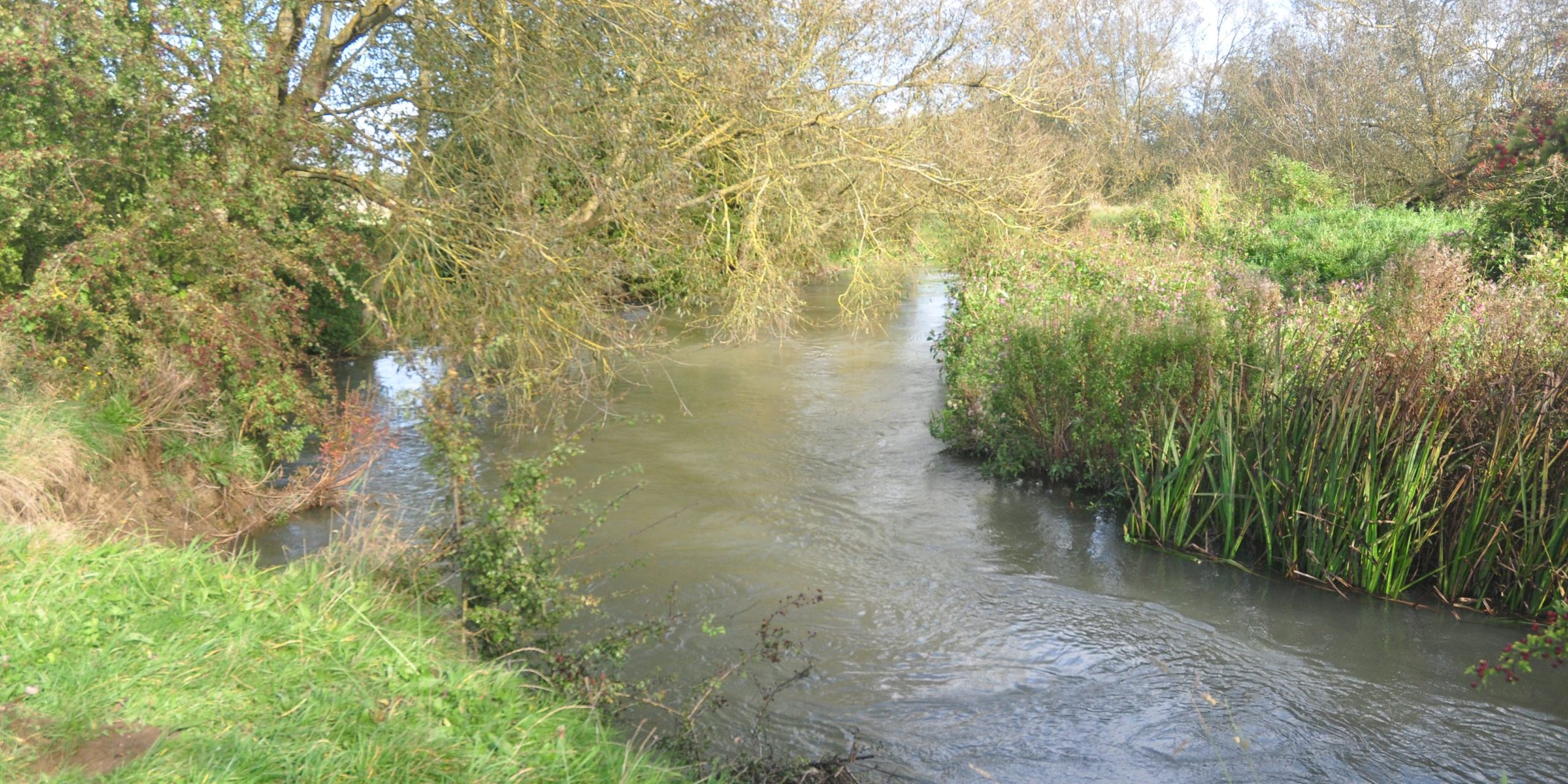Water, Flooding and Sewage Pollution

Last modified:
23rd August 2022
It is said that the south east of England has less water per head available than countries such as Sudan. This puts a premium on conserving every drop we have in the most sensible way possible, including reducing use and waste, and recycling wherever feasible.
Rivers, streams flood plains, water meadows, reservoirs, wetland habitats, ground water – it seems like we have it all! But with an ever-expanding population and more homes – especially here in the south east – the demand for water may outstrip supply.
Small bunds, dikes and ditches can help reduce run off in winter and store water for summer shortages. All this can be achieved without a major disruption to the existing landscape, unlike the proposed massive reservoir near Abingdon, and help maintain resilience in the face of increasingly uncertain weather patterns.
Flooding can be as equally worrying as concern over serious drought. The answer lies in slowing run off across the catchment, and in particular avoiding new building developments in the floodplain. Rivers should be allowed to work in their natural courses without artificial channeling and scouring, which merely passes the problem further downstream.
CPRE Oxfordshire’s Flooding & Pollution Report 2021 showed that at least 17% of towns & parishes in Oxfordshire experience flooding problems and at least 20% of towns & parishes experience issues with sewage/sewerage infrastructure.
CPRE Flooding and Pollution Map (Nov 2021)
CPRE Oxfordshire sent a survey to the 235 Parish Councils, 15 Town Councils and 68 Parish Meetings in Oxfordshire. Of the Parish Councils and Meetings 105 are being served by Sewage Treatment Works with a record of spilling. In 2020, 87 of these spills were active for over 100 hours; 57 for over 500 hours; 36 for over 1,000 hours (Windrush Against Sewage Pollution). Read more here.
